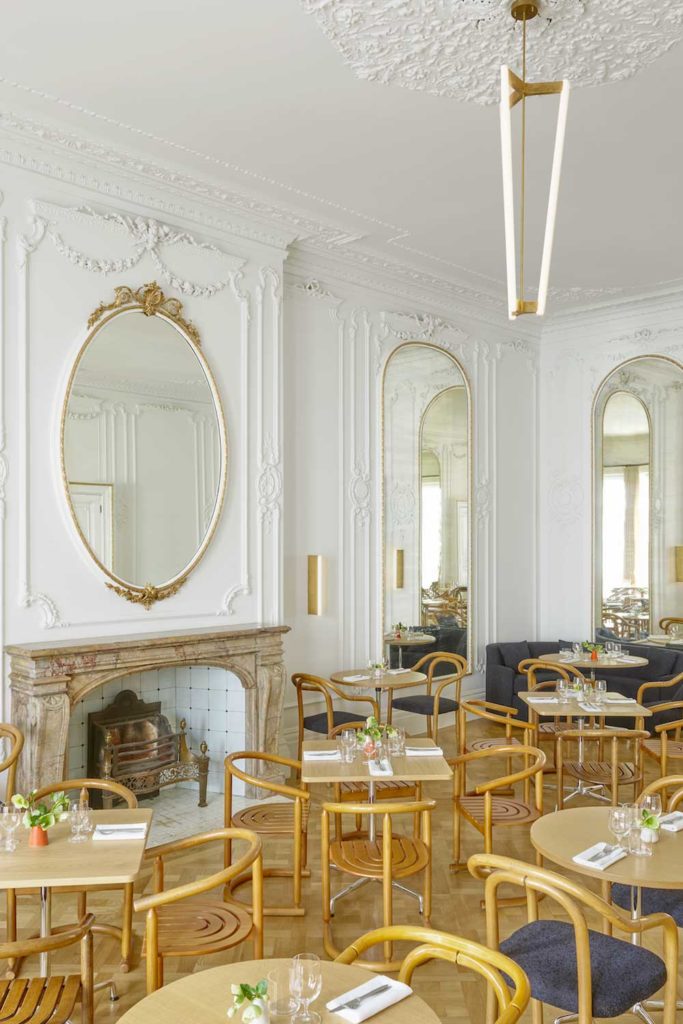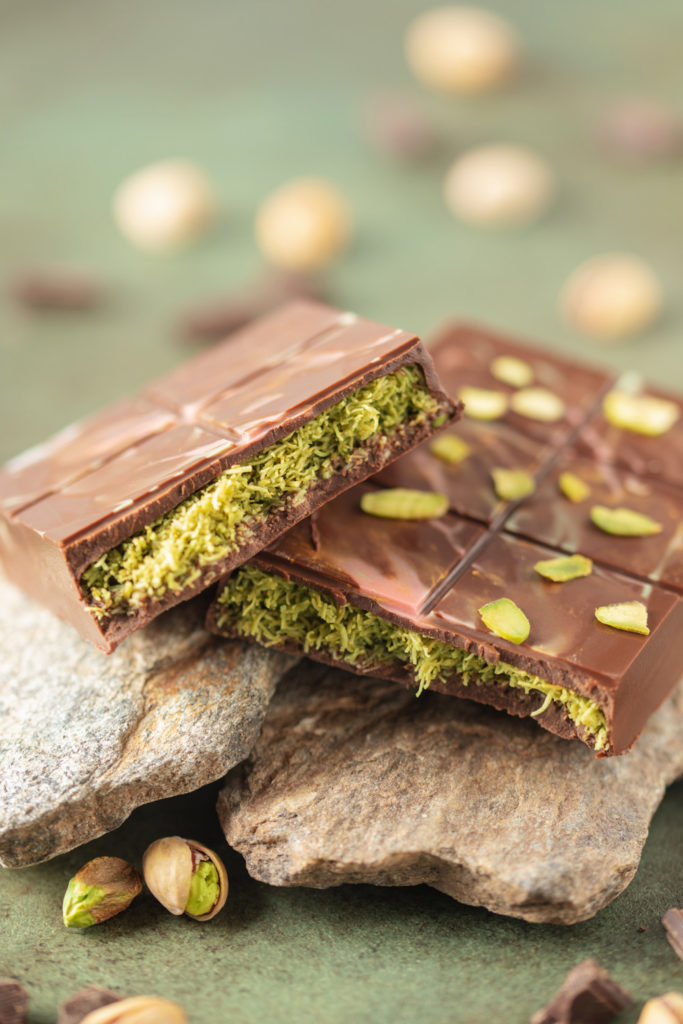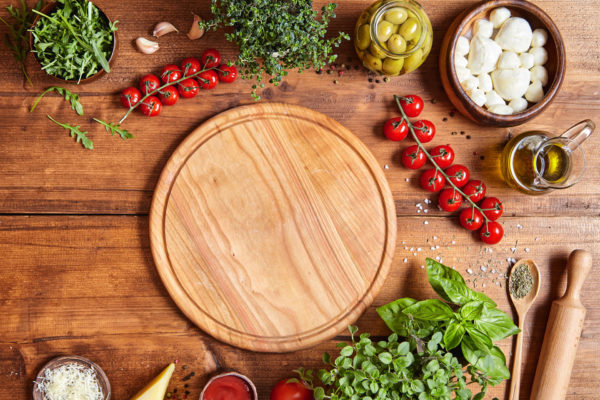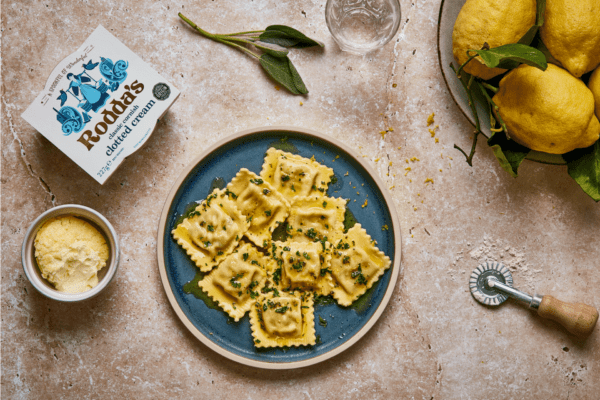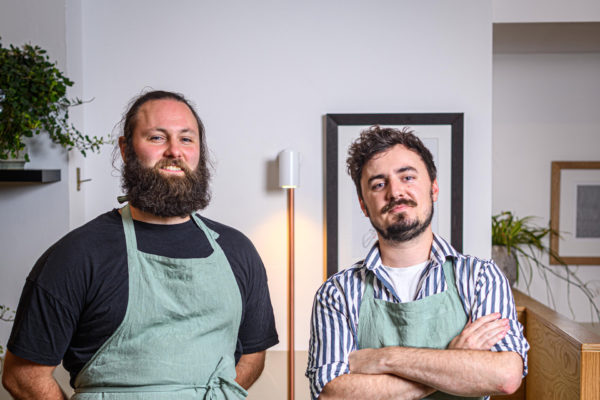Recipe: Raymond Blanc’s Hake Grenobloise
By
1 year ago
Raymond Blanc’s Grenobloise dish makes fish Fridays fancy
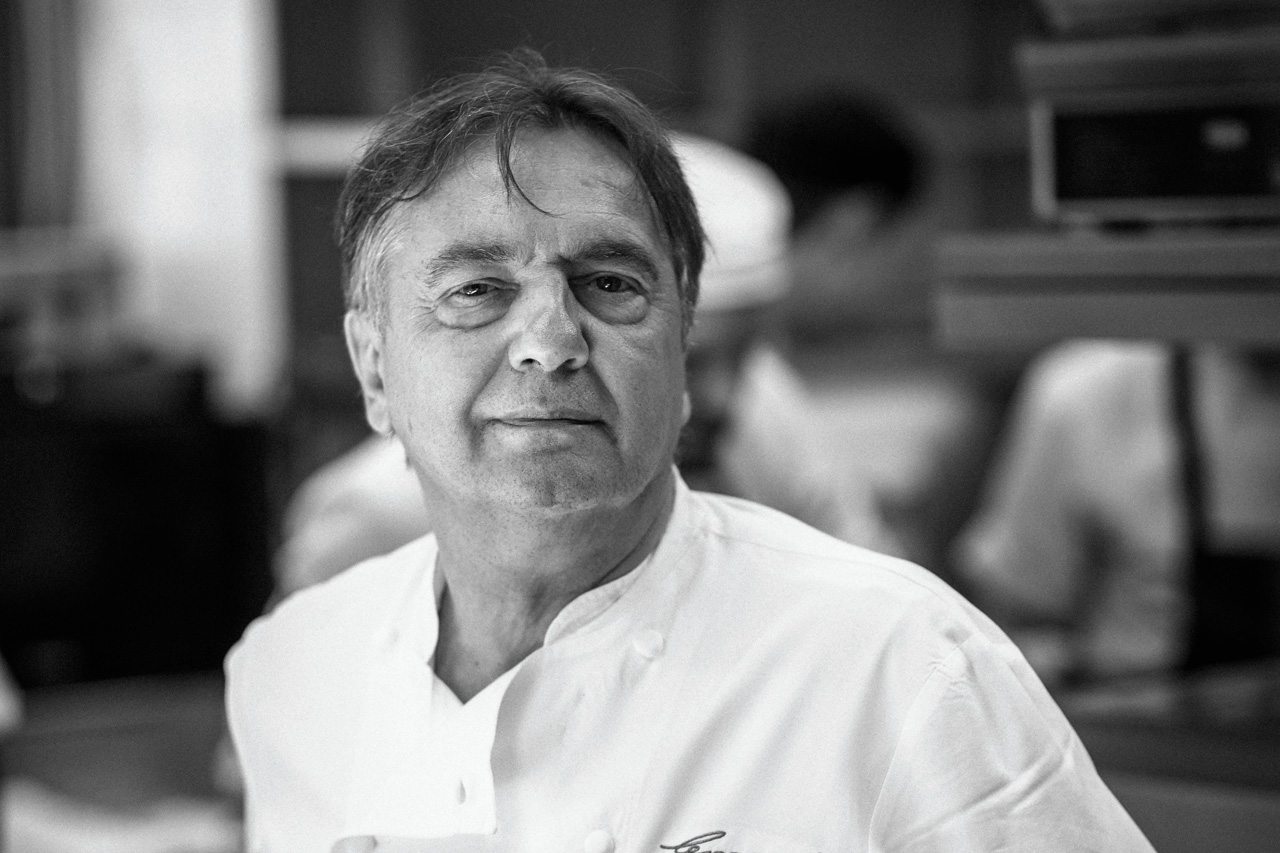
Raymond Blanc shares the Grenobloise recipe from his book Le Manoir aux Quat’Saisons and chats to C&TH about his food philosophy.
Q&A with Raymond Blanc
I come from a post-war background and a poor working class family. Seasons defined everything we ate. The garden was a small factory to feed the whole household of five children. But it was about celebrating each moment of the season.
My whole food philosophy is driven by my terroir and childhood. My mother taught me that food is love.
We talk about seasonality a lot but very few people understand it. If it’s seasonal, it’s also from close to home, so you get a better flavour, colour and texture. You don’t have to import from billions of miles away, plus you help to reinvent our own agriculture.
My new recipe book features two types of cooking. The first is very much Maman Blanc’s cooking. Beautiful, simple dishes for the family. Then you have Le Manoir cooking, which is a little more complicated.
In January I love eating all of the different types of kale. We grow about seven varieties at Le Manoir. Sea kale goes so well with truffle or a bit of olive oil or Maldon salt.
I like simplicity when I’m home. You don’t want to cook yourself a three-Michelin-starred meal at the end of a day.
Eggs are at the forefront of my cupboard at home. You can create as many different dishes as you want with them. Plus, they’re very light for the end of the evening… with a glass of pinot noir.
Fortunately ignorance is being replaced by knowledge, which is usually empowering. Guests want to know where their food is from and the modern chef is now reconnecting with those values that we lost.
There is now an amazing dynamism to the British food scene. London is empowered by multiculturalism and young British chefs are much more responsible about sourcing. It’s being done in a very British way.
Recipe: Hake with Grenobloise Sauce and Potato Purée
Although not as sumptuous as cod, line-caught hake is still a wonderful fish with a great texture and big flavour. This simple and delicious dish is cooked in homes all over France. Originating from Grenoble, the piquant sauce is flavoured with beurre noisette, capers, parsley and lemon. The best potato for the purée is a French variety, Agata, which is a huge, yellow-fleshed tuber, but Belle de Fontenay is a good alternative.
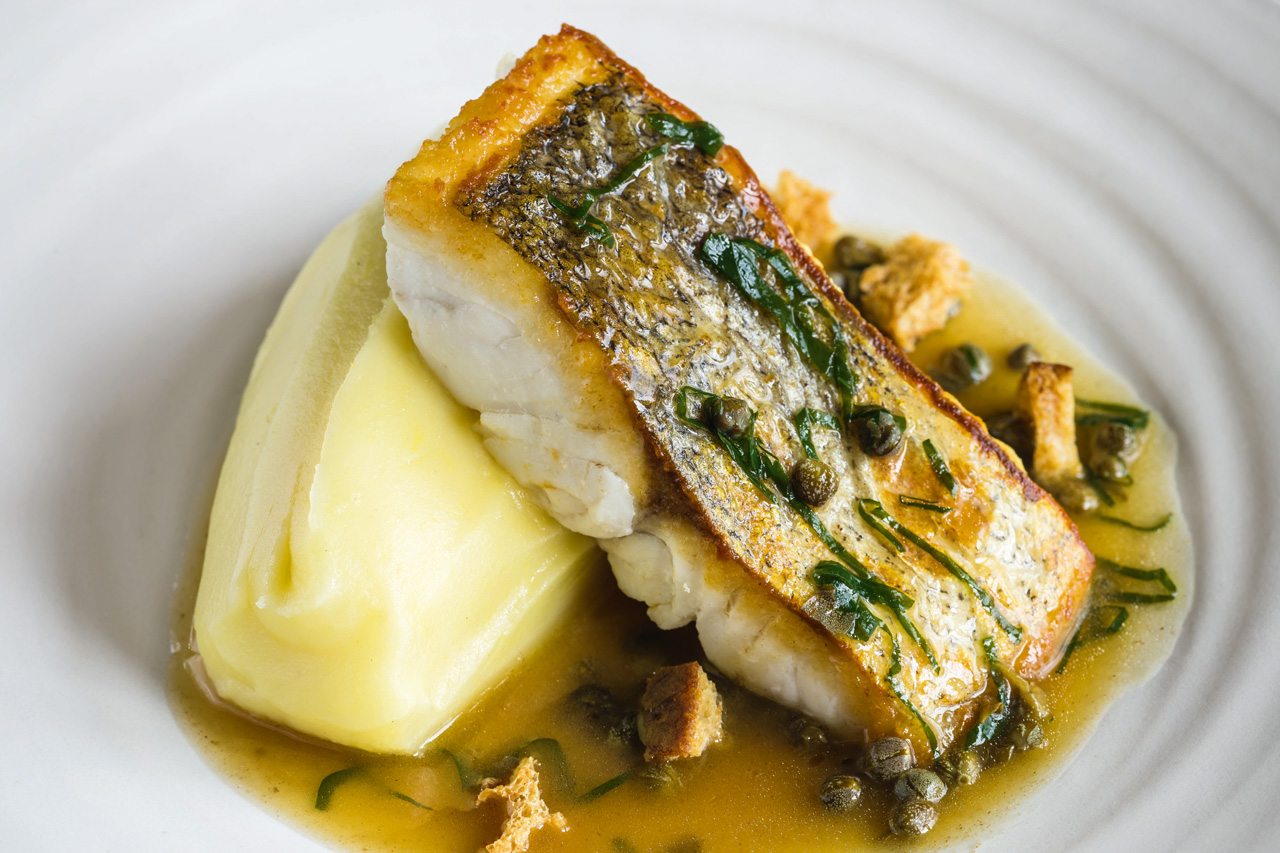
Photography: Chris Terry
Ingredients
Serves four
- 4 hake fillets (180g each and 3cm thick), skin on
- 40g unsalted butter
- Sea salt and finely, freshly ground white pepper
For the potato purée
- 1kg Agata, Belle de Fontenay or Estima potatoes, peeled
- 170–200ml whole milk, hot
- 70g unsalted butter, melted
For the sauce
- 50ml water or brown chicken stock
- Juice of ½ lemon
- 2 tbsp capers, washed and drained
- 1 shallot, peeled and finely chopped
- Handful of flat-leaf parsley, shredded
To serve
Small handful of croûtons
Method
- Preheat oven to 180°C. Halve potatoes, place in a large saucepan and cover with cold water. Bring to the boil, then simmer for 25 mins. Drain in a colander and leave to steam for 2–3 mins. Pass through a fine mouli back into the pan. Gradually mix in the hot milk, then stir in the melted butter and two pinches each of salt and pepper. Season to taste. If the purée is too firm, add more milk. It should be fluffy and form firm peaks. Keep warm in a bain-marie.
- Pat the hake fillets dry, score the skin and season the flesh side with four pinches of salt and two pinches of pepper. Melt the butter in a large ovenproof frying pan over a medium heat and bring to the foaming stage. Add the fillets skin side down and cook for 5–6 mins. Turn and cook for one minute. Transfer the pan to the oven and cook for a further four mins. Transfer to a warmed plate.
- Return the pan back to a high heat and add the water or chicken stock. Add the lemon juice, capers, shallot and shredded parsley and bring back to a simmer. Season to taste.
- Spoon some potato purée onto each plate and rest a hake fillet on top. Spoon the sauce over and around the fish and scatter over the croûtons.
Raymond Blanc’s ‘Le Manoir aux Quat’Saisons’ is available to buy here.


